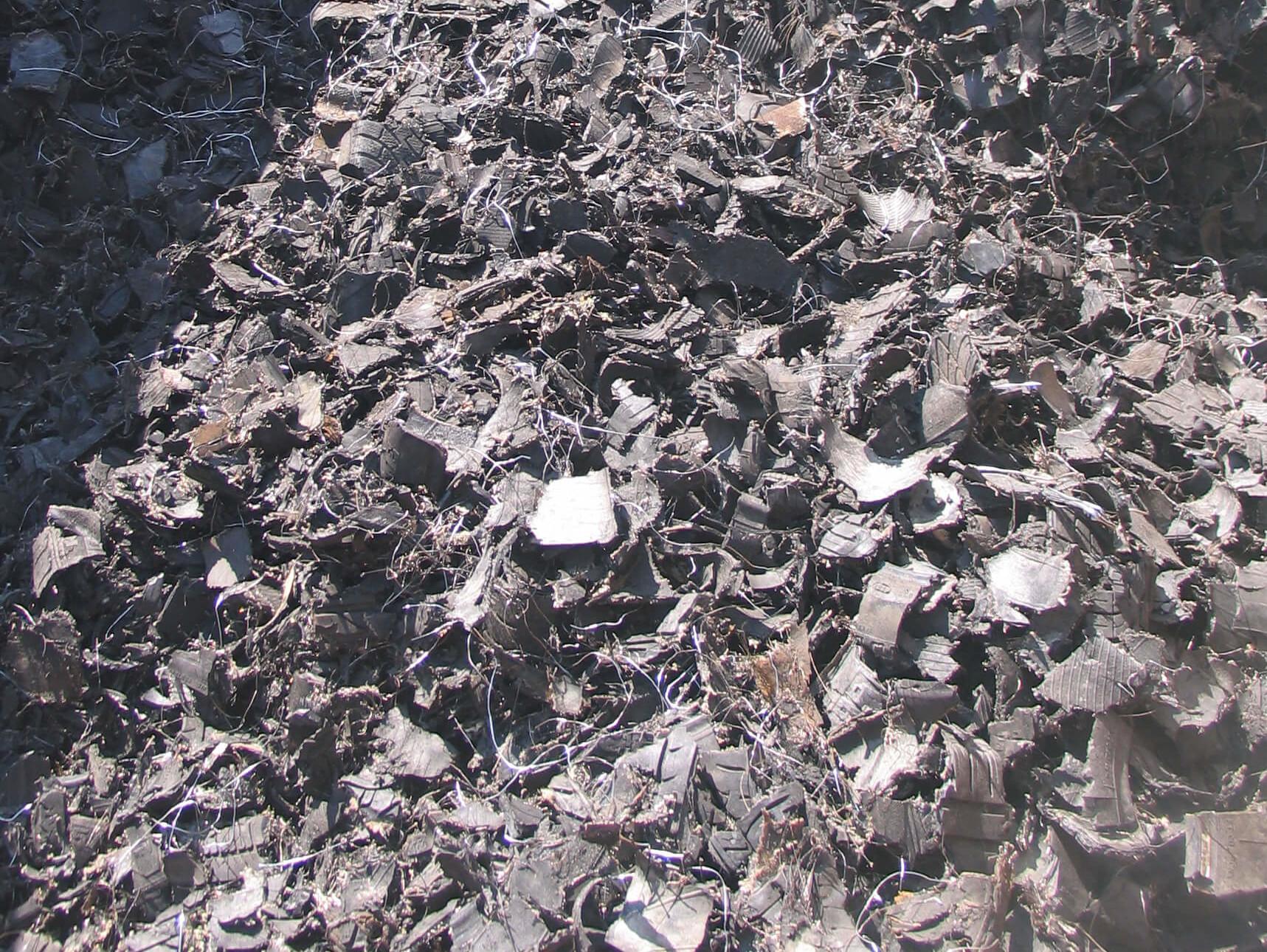Tyre derived aggregates (TDA) have been used as lightweight in constructing roads, embankments, noise barriers, building foundations and bridge and road banks on soft grounds for decades.
“Tyre shreds can be used to substitute even 50% of the other traditionally used materials in excavation like recycled concrete or virgin rock-driven materials. Shredded tyre material is approximately 60% lighter / cubic ton than fine sand and about 70% lighter / cubic ton than gravel. Therefore it is excellent material to use as a lightweight”, says Pirjo Rinnepelto from Apila Group Ltd.
If the technology is old, why to bring this up now?
In the future, the use of virgin materials as ballast is likely to be highly restricted and more expensive. At the same time the amount of traffic grows and new areas for settlement are being established. We are forced to put up infrastructure on the soft ground. Tyre shred for lightweight foundations is the future.
“Tyre-derived materials are excellent as lightweight in shallows or other easily flooding areas because they do not suck water or float. In addition, tyre shreds penetrate water well due to the big void. Water has no harmful effects on the structures”, notes Rinnepelto.

Common applications for tyre shred in civil engineering
One interesting example is the supplement construction project from year 1999. Kyläsaari water treatment plant sized 3 soccer fields was transferred into the depot area of the City of Helsinki, Finland.
Soft coast ground needed lightweight to bare the weight of the buildings planned. Concrete tanks were dissembled and used as ballast. Another part of the ballast was 6000 tons of tyre shreds. After 16 years no sag or other problems have been raised.
Studies show that the best particle size to use in civil engineering solutions is 50×50 mm.
“Experience shows that the larger the shreds, the bigger the sag. Instead, with smaller particle sizes the sag is practically zero after the compaction. No environmentally harmful issues have been found”, says Rinnepelto.
Only thing slowing down the usage of tyre shreds in construction industry is to find appropriate sales and distribution channels and to remove prejudices by sharing information.
“Construction business would benefit much of using the tyre shreds more. Especially in the future when usage of virgin materials is likely to become more expensive and more strictly restricted”, Rinnepelto continues.
One thing good to remember is that 80% of the metal wires is possible to separate from the tyre shreds with the overband magnet integrated to TANA Shark. This makes tyres even more valuable waste as scrap metal is pretty nicely priced.
About Apila Group
Apila Group Ltd. is a company providing environmental consulting and expert services with a focus on resource efficiency and improved material recycling. The company offers expertise in a variety of matters regarding the reuse of various industrial side streams. The services include product development and legislative services, technology development projects and various reports. The company has been involved in tyre recycling since 2011. Apila Group has developed applications for reusing tyre granulate by means of various studies and a number of pilot research projects.